Home>Gardening & Outdoor>Landscaping Ideas>How To Care For Decorative Grass
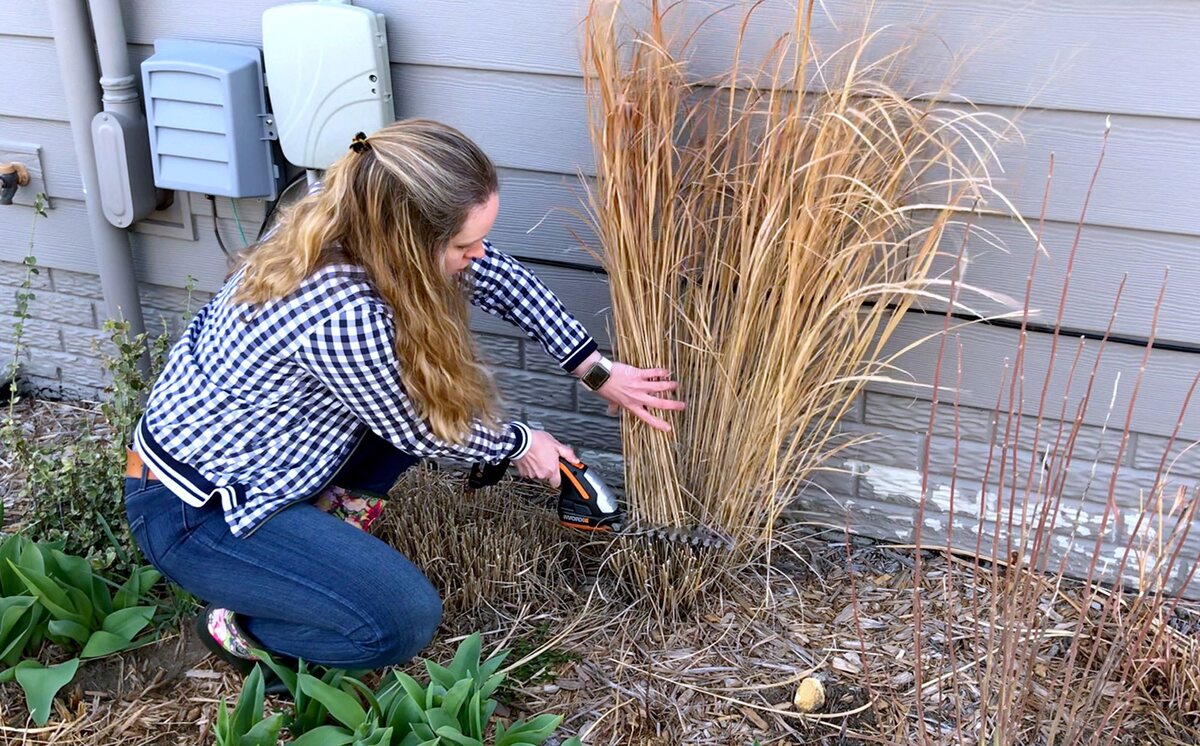

Landscaping Ideas
How To Care For Decorative Grass
Modified: August 17, 2024
Discover expert tips for caring for decorative grass in your landscaping. Learn how to maintain and enhance the beauty of your outdoor space with our landscaping ideas.
(Many of the links in this article redirect to a specific reviewed product. Your purchase of these products through affiliate links helps to generate commission for Storables.com, at no extra cost. Learn more)
Introduction
Decorative grasses are a stunning addition to any landscape, offering a myriad of colors, textures, and heights that can transform a dull yard into a vibrant and dynamic outdoor space. Whether you're looking to create a tranquil ornamental garden or add visual interest to your existing landscape, decorative grasses are a versatile and low-maintenance option that can elevate the aesthetic appeal of your outdoor environment.
In this comprehensive guide, we will explore the art of caring for decorative grasses, from choosing the right varieties to nurturing them through each season. Whether you're a seasoned gardener or a novice enthusiast, this article will equip you with the knowledge and techniques needed to cultivate healthy and thriving decorative grasses that will be the envy of the neighborhood.
So, let's delve into the world of decorative grasses and discover the secrets to cultivating these stunning ornamental plants.
Key Takeaways:
- Choose the right decorative grass based on sunlight, soil, climate, height, and maintenance needs to ensure a vibrant and visually appealing landscape that complements your outdoor space.
- Implement targeted care practices, including proper planting, watering, pruning, and pest control, to nurture healthy and resilient decorative grasses that thrive year-round and elevate the beauty of your outdoor environment.
Read more: How To Clean Kitchen Floors
Choosing the Right Decorative Grass
When it comes to selecting the perfect decorative grass for your landscape, there are several factors to consider to ensure a successful and visually appealing display. The first step is to assess the specific needs of your outdoor space, including sunlight exposure, soil type, and climate conditions. With these considerations in mind, you can then explore the diverse range of decorative grasses available and choose the varieties that best complement your landscape.
Here are some essential tips for choosing the right decorative grass:
- Sunlight Requirements: Determine the amount of sunlight your landscape receives throughout the day. Some decorative grasses thrive in full sun, while others prefer partial or full shade. Select varieties that are well-suited to the sunlight conditions in your garden to ensure optimal growth and vibrancy.
- Soil Type: Consider the soil composition in your garden, including its drainage capabilities and nutrient levels. Certain decorative grasses are adaptable to various soil types, while others have specific soil preferences. Choose grasses that are compatible with your soil conditions to promote healthy root development and overall plant vigor.
- Climate Considerations: Take into account the climate in your region, including temperature extremes and precipitation patterns. Some decorative grasses are cold-hardy and can withstand harsh winters, while others thrive in warmer climates. By selecting grasses that are well-suited to your local climate, you can ensure long-term success and resilience against environmental stressors.
- Height and Texture: Explore the diverse range of decorative grasses, each offering unique heights, textures, and colors. Consider the visual impact you wish to achieve in your landscape, whether it’s the graceful arching blades of fountain grass or the striking vertical presence of switchgrass. By selecting grasses with varying heights and textures, you can create a visually captivating and dynamic outdoor display.
- Low-Maintenance Varieties: If you’re seeking low-maintenance options, consider ornamental grasses that are known for their resilience and minimal care requirements. These varieties can thrive with minimal intervention, making them ideal for busy homeowners or those new to gardening.
By carefully considering these factors and exploring the diverse array of decorative grasses available, you can select the perfect varieties that will thrive in your landscape and elevate its aesthetic appeal.
Planting Decorative Grass
Once you’ve selected the ideal decorative grasses for your landscape, it’s time to embark on the planting process to establish these stunning ornamental plants in your outdoor environment. Proper planting techniques are crucial for ensuring the healthy growth and long-term vitality of decorative grasses. Whether you’re planting them in garden beds, containers, or as part of a mixed border, the following guidelines will help you achieve successful and visually striking results.
Here’s a step-by-step approach to planting decorative grasses:
- Site Preparation: Begin by preparing the planting site to provide an optimal growing environment for the decorative grasses. Clear the area of any weeds, rocks, or debris, and ensure that the soil is well-draining to prevent waterlogged conditions that can be detrimental to the plants’ health.
- Digging the Planting Holes: When planting individual decorative grasses, dig holes that are twice as wide as the root ball and at a depth equal to the height of the root ball. This will provide ample space for the roots to spread and establish themselves in the soil.
- Amending the Soil: If the soil in your garden is lacking in nutrients or organic matter, consider amending it with compost or well-rotted manure to improve its fertility and structure. Mix the amendments thoroughly with the existing soil to create a nourishing planting medium for the decorative grasses.
- Planting Depth: When positioning the decorative grasses in the planting holes, ensure that the top of the root ball is level with the surrounding soil surface. Planting too deeply can lead to moisture-related issues, while planting too shallowly may expose the roots to drying out. Tamp the soil gently around the base of the plants to secure them in place.
- Spacing Considerations: If you’re planting multiple decorative grasses, be mindful of their mature size and growth habits to determine the appropriate spacing between each plant. Providing adequate spacing allows the grasses to fully express their natural form and prevents overcrowding as they mature.
- Watering and Mulching: After planting, water the decorative grasses thoroughly to settle the soil and promote root establishment. Apply a layer of organic mulch around the base of the plants to conserve moisture, suppress weed growth, and insulate the roots from temperature fluctuations.
By following these planting guidelines and providing the necessary care and attention, you can establish decorative grasses in your landscape with confidence, setting the stage for their long-term health and visual impact.
Watering and Fertilizing
Proper watering and fertilizing practices are essential for nurturing healthy and vibrant decorative grasses throughout the growing season. By providing the right balance of moisture and nutrients, you can support robust growth, lush foliage, and striking visual appeal in your ornamental grasses. Understanding the specific requirements of these plants and implementing targeted watering and fertilizing techniques will contribute to their overall well-being and longevity in your landscape.
Here’s a comprehensive approach to watering and fertilizing decorative grasses:
- Watering Frequency: Assess the moisture needs of your decorative grasses based on factors such as weather conditions, soil type, and plant maturity. While established grasses are generally drought-tolerant, newly planted ones require regular watering to facilitate root establishment. During periods of prolonged drought, provide supplemental irrigation to prevent the soil from drying out excessively.
- Deep Watering Technique: When watering decorative grasses, aim for deep and infrequent watering rather than frequent shallow watering. This encourages the development of deep, robust root systems that enhance the plants’ resilience to environmental stressors. Water the grasses at the base to minimize moisture on the foliage, which can reduce the risk of fungal diseases.
- Fertilizing Schedule: Apply a balanced, slow-release fertilizer to decorative grasses in early spring, as this is the time when they initiate new growth for the season. Avoid using high-nitrogen fertilizers, as they can promote excessive foliage growth at the expense of flowering and overall plant balance. Follow the recommended application rates on the fertilizer label to prevent over-fertilization, which can be detrimental to the grasses.
- Fertilizer Selection: Choose a fertilizer specifically formulated for ornamental grasses or select a general-purpose fertilizer with a balanced NPK ratio suitable for flowering plants. These formulations provide essential macronutrients and micronutrients that support healthy growth and vibrant foliage coloration, enhancing the ornamental appeal of the grasses.
- Organic Fertilizer Options: For those seeking organic fertilization methods, consider using compost, well-rotted manure, or organic plant-based fertilizers to nourish decorative grasses. Organic fertilizers contribute to soil health and microbial activity, promoting a sustainable and ecologically friendly approach to plant nutrition.
By implementing targeted watering and fertilizing practices tailored to the specific needs of decorative grasses, you can foster their optimal growth and visual splendor, creating a captivating and thriving landscape that showcases the beauty of these ornamental plants.
Water decorative grass regularly, making sure the soil is consistently moist but not waterlogged. Trim back dead or damaged foliage in the spring to encourage new growth.
Pruning and Trimming
Pruning and trimming are essential tasks for maintaining the health, aesthetics, and vigor of decorative grasses. By implementing proper pruning techniques, you can rejuvenate the plants, promote robust regrowth, and prevent the accumulation of dead foliage. Additionally, timely trimming contributes to the overall visual appeal of the grasses, ensuring that they maintain a tidy and well-groomed appearance throughout the growing season. Understanding the principles of pruning and trimming ornamental grasses will empower you to nurture their beauty and longevity in your landscape.
Here are the key considerations for pruning and trimming decorative grasses:
- Spring Pruning: In late winter or early spring, before the new growth emerges, prune back the previous year’s foliage to a height of 2 to 3 inches above the ground. Use sharp, clean pruners or hedge shears to achieve a uniform and tidy appearance. This rejuvenation pruning removes the old, weathered foliage and stimulates the development of fresh, vibrant growth.
- Division and Rejuvenation: Every few years, consider dividing mature clumps of decorative grasses to rejuvenate their vigor and prevent overcrowding. Dig up the clumps, carefully separate them into smaller sections, and replant the divisions in well-prepared soil. This division process promotes healthier growth and prevents the center of the clumps from becoming sparse and less productive.
- Seasonal Trimming: Throughout the growing season, periodically trim the outer edges of the decorative grasses to maintain a tidy and compact appearance. Use handheld pruners or grass shears to remove any discolored or damaged foliage, promoting a neat and well-maintained look. Avoid cutting into the center of the clumps, as this can impede the growth of new foliage.
- Deadheading Flowering Grasses: If your decorative grasses produce ornamental seed heads or plumes, consider deadheading them once they have faded to prevent self-seeding and maintain a tidy appearance. Snip off the spent flower heads at their base to encourage continuous flowering and prevent the plants from expending energy on seed production.
- Fall Cleanup: In late fall, after the first frost, trim back the decorative grasses to a height of 4 to 6 inches above the ground. This seasonal cleanup not only enhances the visual tidiness of the landscape but also facilitates air circulation and reduces the risk of disease development during the winter months.
By incorporating these pruning and trimming practices into your maintenance routine, you can preserve the health and beauty of decorative grasses, ensuring that they remain vibrant, well-groomed, and visually captivating throughout the year.
Controlling Pests and Diseases
While decorative grasses are generally low-maintenance and resilient plants, they can be susceptible to certain pests and diseases that may compromise their health and visual appeal. Implementing proactive measures to identify, prevent, and address potential pest infestations and disease issues is crucial for safeguarding the vitality and ornamental beauty of these landscape-enhancing plants. By staying vigilant and taking prompt action when necessary, you can effectively control pests and diseases, ensuring that your decorative grasses thrive and flourish in your outdoor environment.
Here are essential strategies for controlling pests and diseases in decorative grasses:
- Regular Inspection: Routinely inspect the foliage, stems, and base of the decorative grasses for signs of pest activity, such as chewed leaves, stippled foliage, or the presence of insects. Additionally, monitor the plants for symptoms of common diseases, including discoloration, wilting, or unusual growth patterns. Early detection enables timely intervention to prevent the escalation of pest and disease issues.
- Natural Predators: Encourage the presence of natural predators, such as ladybugs, lacewings, and predatory insects, that feed on common garden pests like aphids, mites, and caterpillars. Creating a hospitable environment for beneficial insects can help maintain a balanced ecosystem and naturally suppress pest populations in the vicinity of the decorative grasses.
- Organic Pest Control: Utilize organic pest control methods, such as neem oil, insecticidal soaps, or horticultural oils, to manage pest infestations without harming beneficial insects or compromising the health of the decorative grasses. These natural remedies target pests effectively while minimizing environmental impact.
- Cultural Practices: Implement cultural practices that promote plant vigor and resilience, such as proper spacing between grasses to enhance air circulation, adequate watering to prevent stress, and regular removal of debris and fallen foliage to reduce disease pressure. Healthy, well-maintained plants are better equipped to withstand pest attacks and disease development.
- Fungal Disease Prevention: To prevent common fungal diseases, such as rust or powdery mildew, avoid overhead watering that can promote moisture retention on the foliage. Instead, water the decorative grasses at the base to minimize humidity around the plants, and ensure proper air circulation to discourage fungal growth.
By integrating these strategies into your care routine, you can effectively manage pest and disease challenges, preserving the beauty and vitality of decorative grasses and fostering a thriving and visually captivating landscape.
Winter Care for Decorative Grass
As the growing season transitions into winter, it’s essential to provide proper care for decorative grasses to ensure their resilience and vitality during the colder months. While these ornamental plants exhibit remarkable hardiness, implementing strategic winter care practices can help safeguard their health and visual appeal, setting the stage for a vibrant comeback in the spring. By preparing decorative grasses for the challenges of winter, you can maintain their structural integrity, protect them from environmental stressors, and lay the foundation for a successful growing season ahead.
Here’s a comprehensive approach to winter care for decorative grasses:
- Delaying Fall Cleanup: Consider delaying the cleanup of decorative grasses until late winter or early spring, as the foliage provides valuable protection for the crowns and root systems during the winter months. The dried foliage acts as a natural insulator, shielding the plants from temperature fluctuations and minimizing the risk of winter damage.
- Applying Mulch: In regions with harsh winter conditions, apply a layer of organic mulch around the base of the decorative grasses to provide additional insulation and moisture retention. This mulch layer helps regulate soil temperature and prevents rapid fluctuations that can stress the plants during freezing and thawing cycles.
- Protecting Container-Grown Grasses: If you have decorative grasses planted in containers, consider relocating them to a sheltered area, such as a garage or protected porch, to shield them from extreme cold and drying winds. Alternatively, wrap the containers with insulating materials, such as burlap or frost blankets, to mitigate the impact of winter weather.
- Trimming Back in Late Winter: In late winter, before the onset of new growth, trim back the previous year’s foliage on decorative grasses to a height of 4 to 6 inches above the ground. This rejuvenation pruning prepares the plants for the upcoming growing season and removes the weathered foliage, allowing fresh growth to emerge unimpeded.
- Preventing Ice Accumulation: In regions prone to ice storms, gently brush off accumulated ice from the foliage of decorative grasses to prevent breakage and damage. Use caution when handling the plants to avoid causing additional stress to the frozen foliage.
- Monitoring Moisture Levels: During periods of limited precipitation, periodically check the soil moisture around decorative grasses and provide supplemental watering if the soil becomes excessively dry. Proper hydration during winter dormancy contributes to the plants’ overall health and prepares them for the transition into spring growth.
By implementing these winter care practices, you can nurture the resilience and vitality of decorative grasses, ensuring that they emerge from the winter months with vigor and readiness to grace your landscape with their ornamental beauty once again.
Conclusion
In the realm of landscaping, decorative grasses stand out as versatile, visually captivating, and low-maintenance ornamental plants that bring a dynamic and textural dimension to outdoor spaces. Cultivating and caring for these stunning grasses is not only a rewarding endeavor but also an opportunity to elevate the aesthetic appeal of any landscape, from tranquil garden retreats to expansive urban settings. By embracing the art of caring for decorative grasses, you can unleash their full potential and create a captivating outdoor environment that reflects your unique style and appreciation for natural beauty.
From the initial selection of the right grass varieties that harmonize with your landscape’s characteristics to the meticulous planting process that establishes their presence, each step in caring for decorative grasses contributes to a thriving and visually striking display. The attentive management of watering, fertilizing, pruning, and pest control ensures that these ornamental plants remain healthy, vibrant, and resilient throughout the seasons, enriching the outdoor experience for both homeowners and visitors alike.
As winter approaches, the thoughtful preparation and protection of decorative grasses lay the groundwork for their enduring strength and eventual resurgence, underscoring the importance of holistic care that spans the entire year. The beauty of decorative grasses transcends the boundaries of individual seasons, offering a year-round spectacle that evolves and adapts with each passing month.
In essence, the care and cultivation of decorative grasses embody a harmonious partnership between nature’s inherent beauty and the stewardship of dedicated gardeners and landscaping enthusiasts. The journey of nurturing these ornamental plants is a testament to the transformative power of horticulture, where the intersection of artistry and science yields a living tapestry of color, texture, and form.
As you embark on your own venture into the world of decorative grasses, may this guide serve as a source of inspiration, knowledge, and practical wisdom, empowering you to create and maintain a landscape that celebrates the enduring allure of these remarkable ornamental plants. With each season’s cycle, may your decorative grasses flourish and enchant, enriching your outdoor sanctuary with their timeless elegance and natural grace.
Frequently Asked Questions about How To Care For Decorative Grass
Was this page helpful?
At Storables.com, we guarantee accurate and reliable information. Our content, validated by Expert Board Contributors, is crafted following stringent Editorial Policies. We're committed to providing you with well-researched, expert-backed insights for all your informational needs.
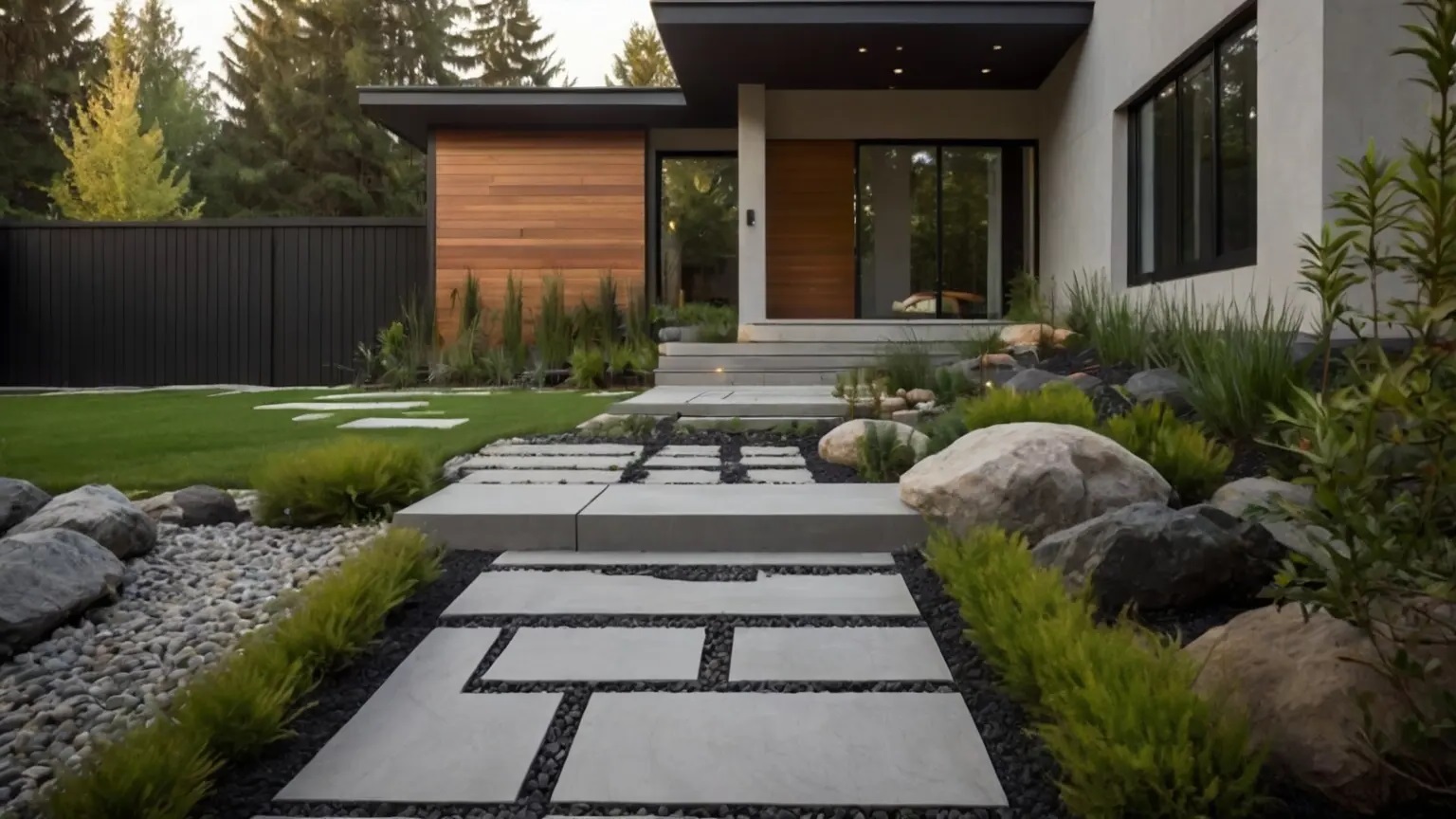


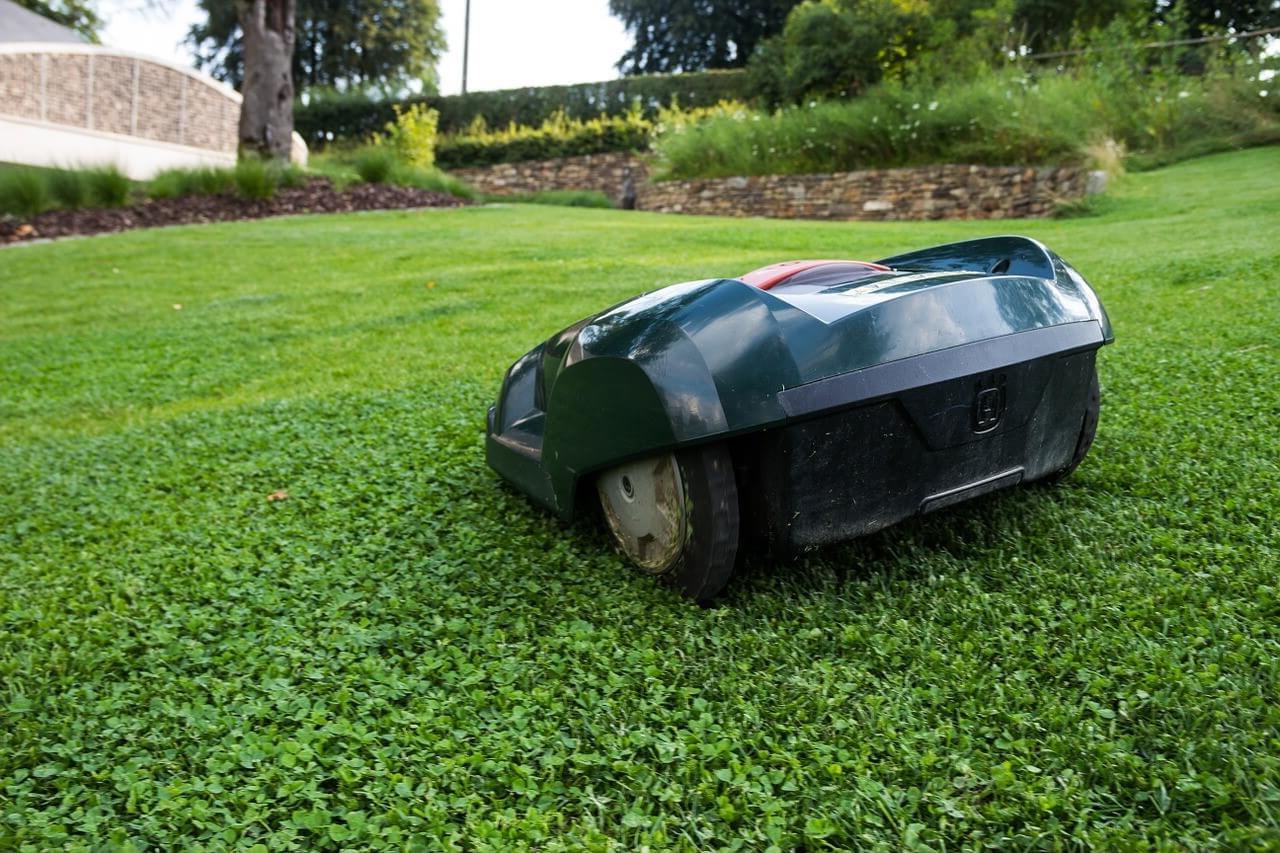

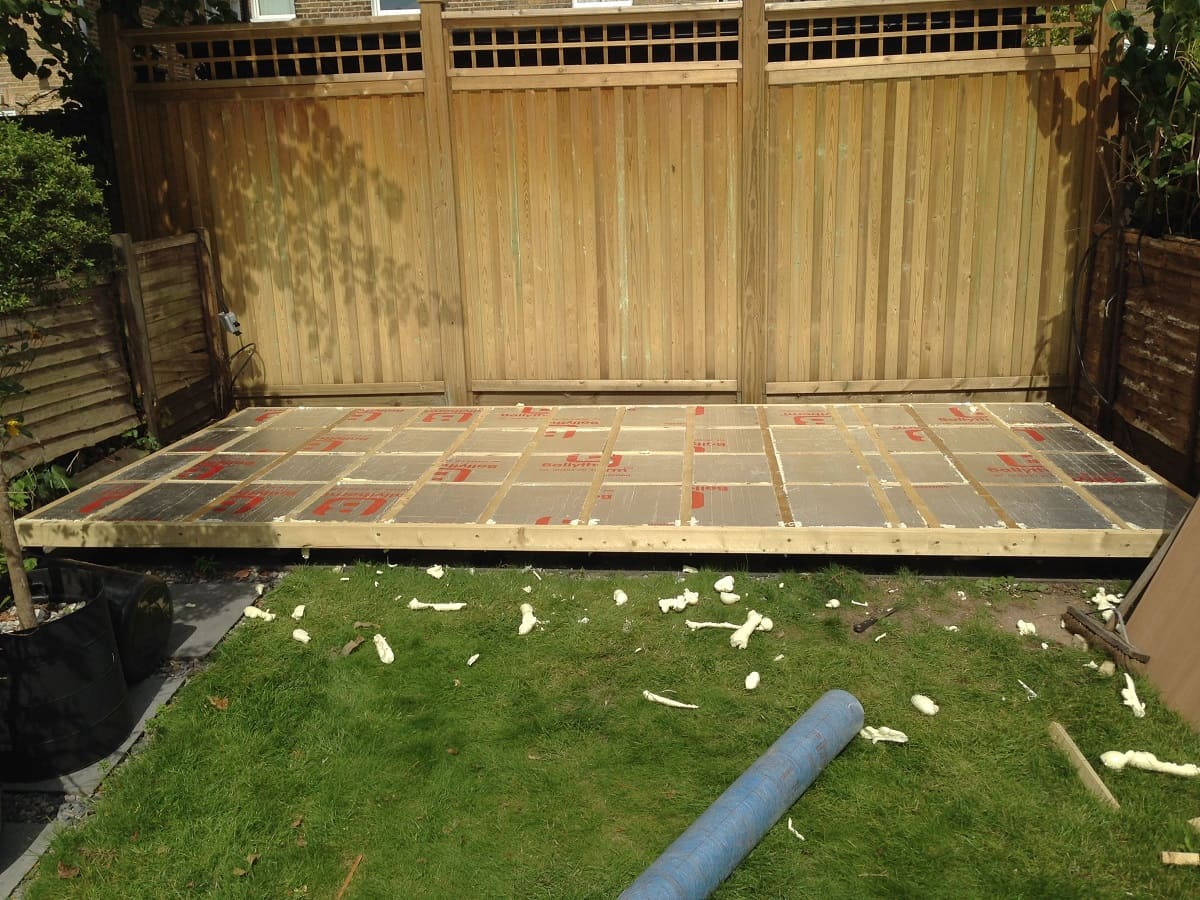
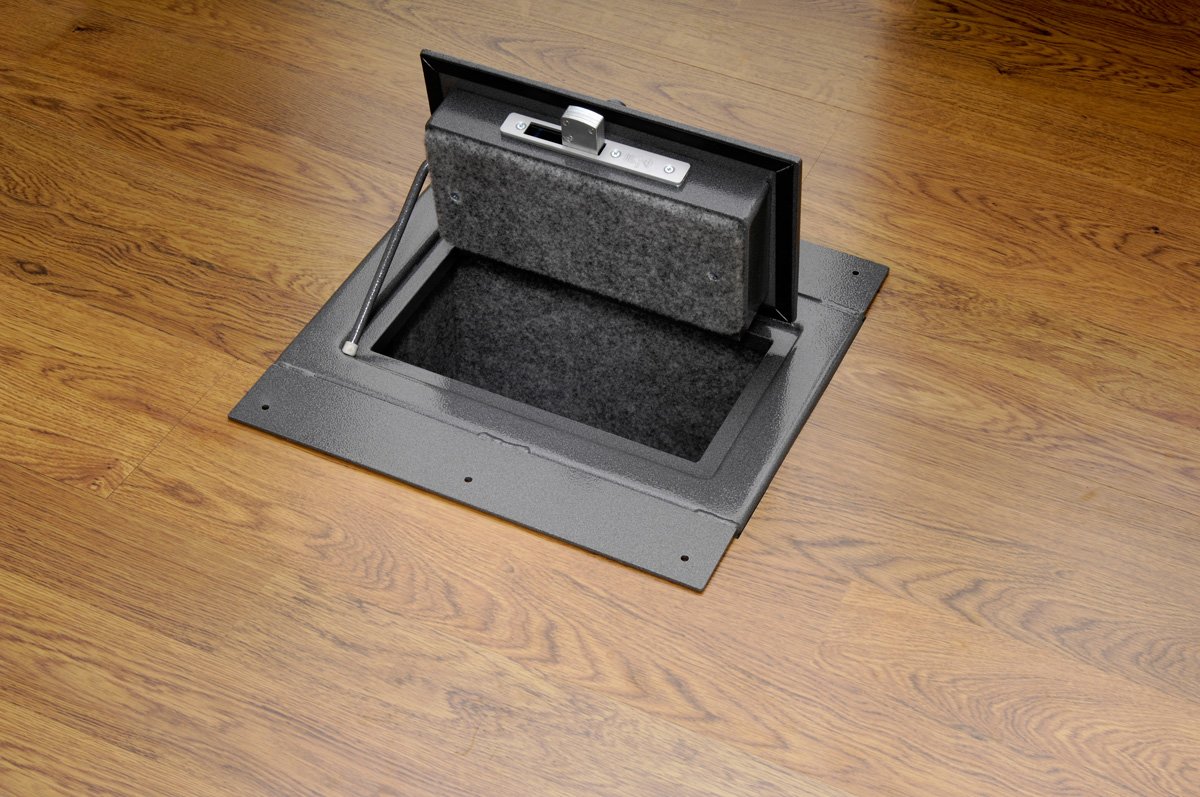
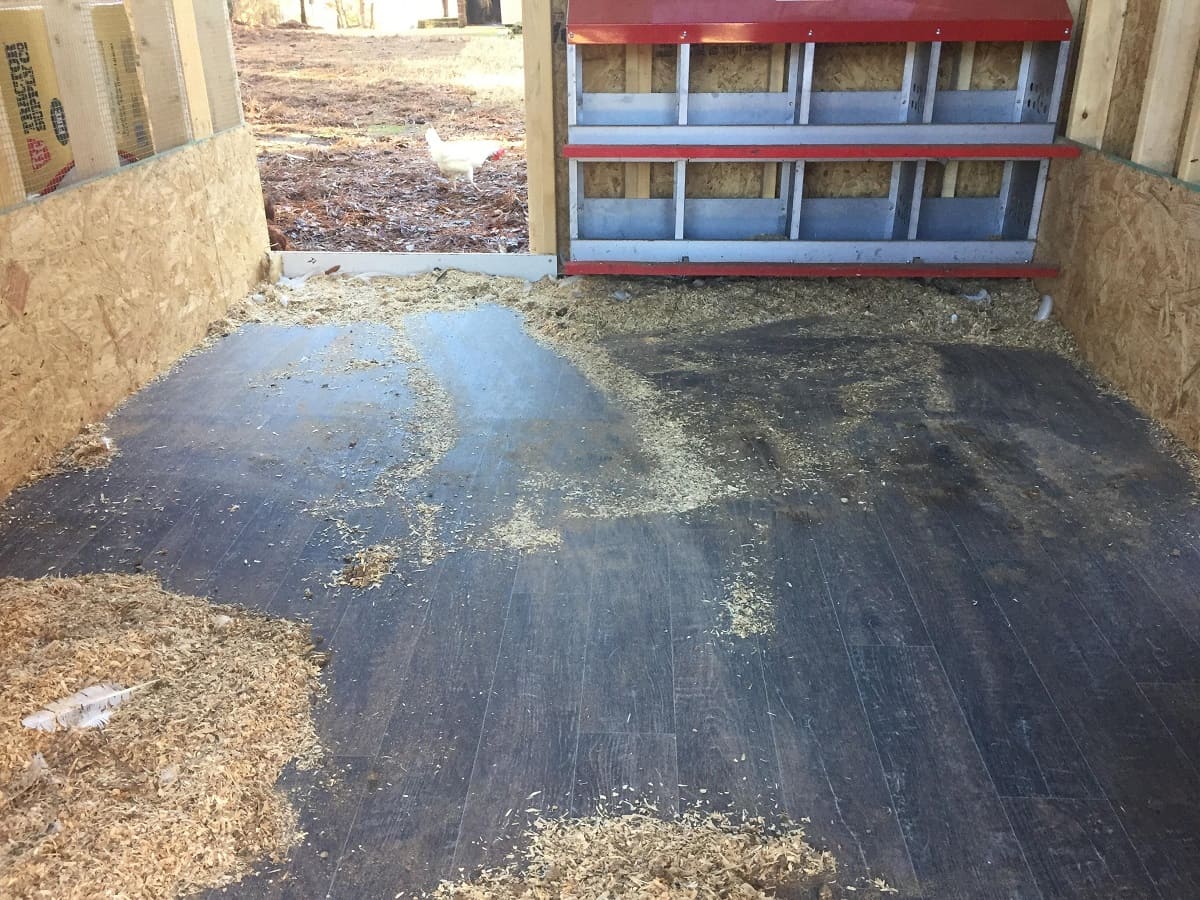

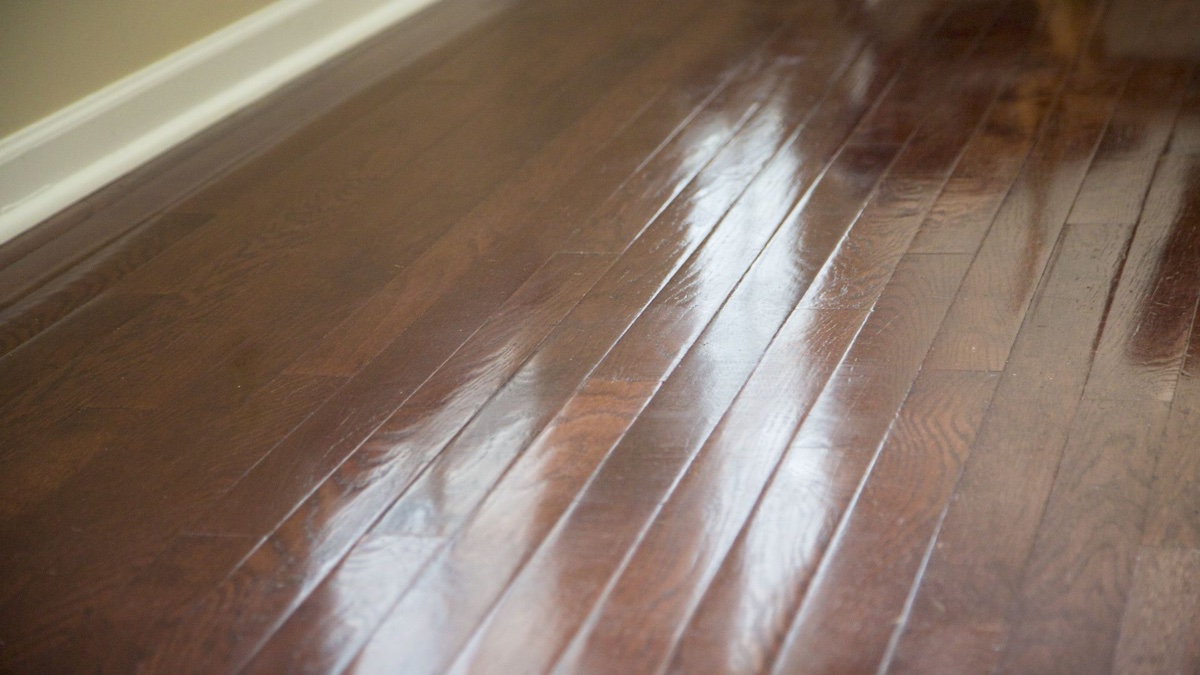
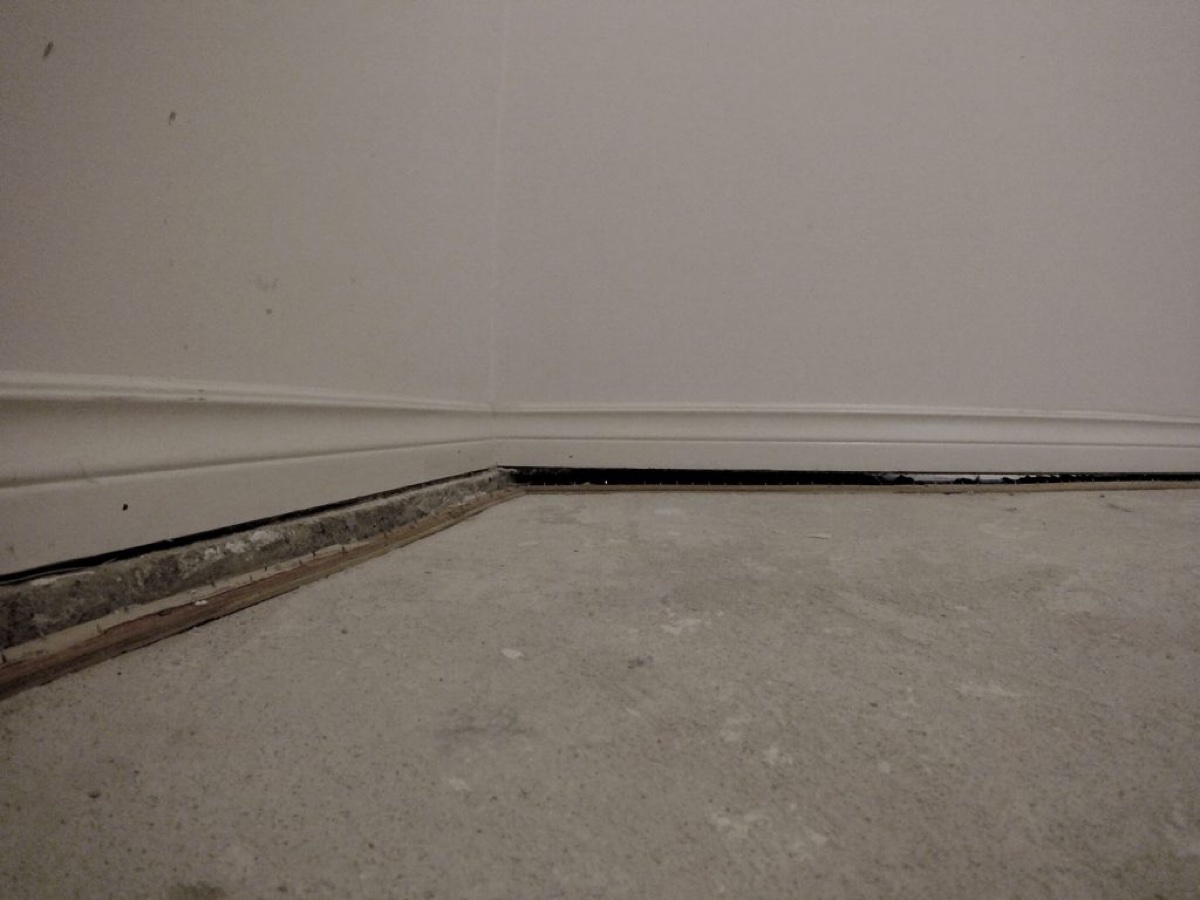


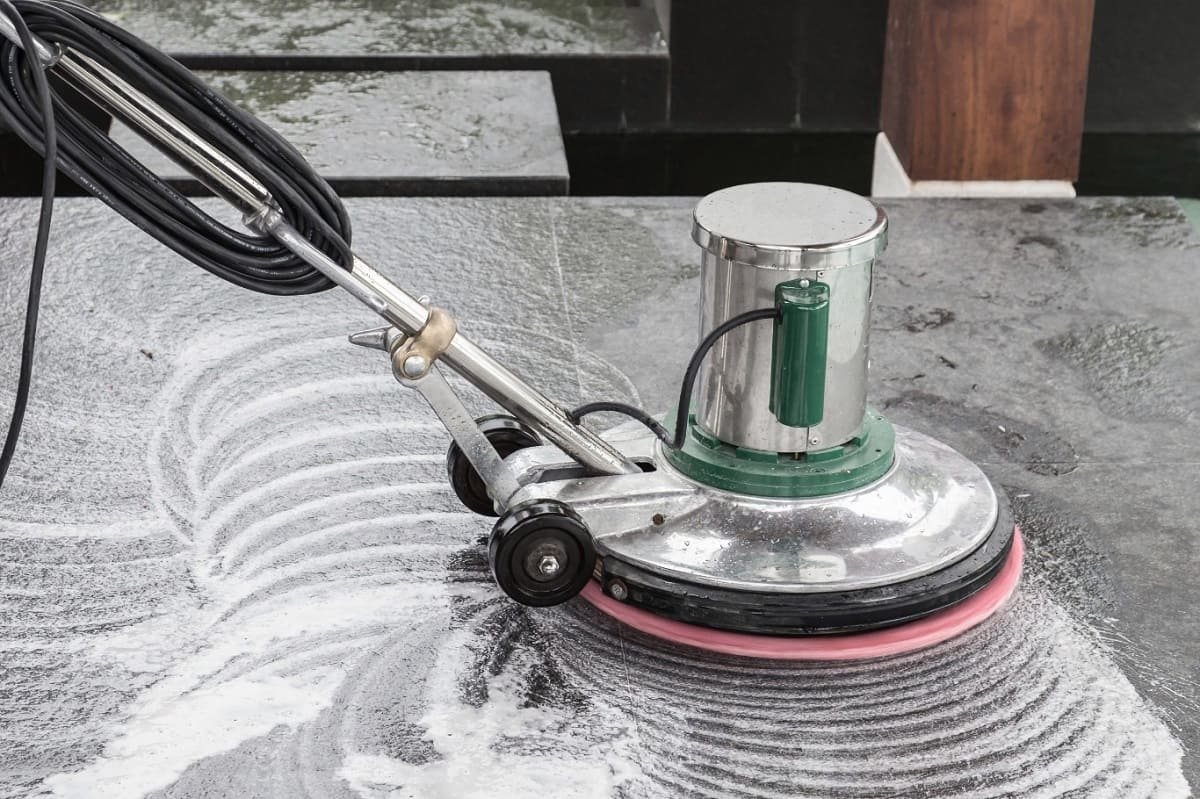

0 thoughts on “How To Care For Decorative Grass”